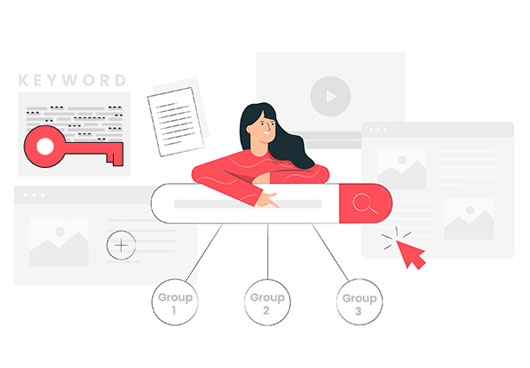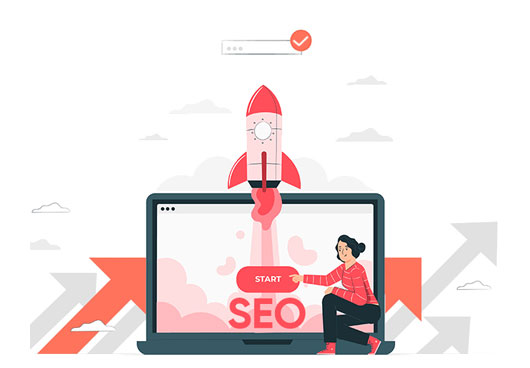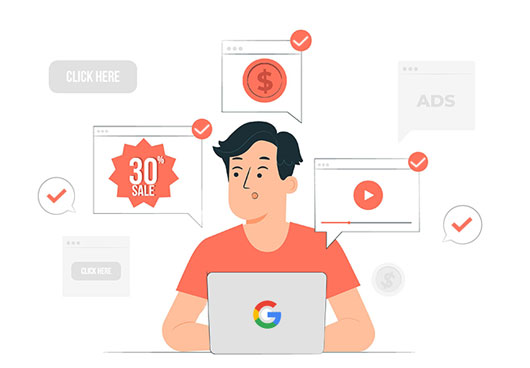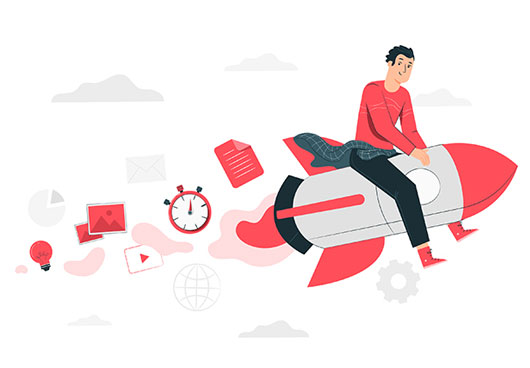Startup Customer Metrics 101: Customer Acquisition Cost
Contributors:
Amol Ghemud
Published: June 3, 2022

Acquiring customers is key to a business’s success. And if you are running or working in a startup, you know how difficult it can be to drive those initial few sales – because, for many early-stage founders, getting those first few customers on board is key to getting investors on board.
There are hundreds of reasons why startups fail: not finding the right product-market fit, a poorly planned go-to-market strategy, and lack of R&D in product… but one reason that stays pretty high up there, is the cost of acquiring customers.
In this article, we’ll examine:
The Basics of a Good Business Model
It’s simple: if you take out more than you put in – you’ll bleed. For any startup to succeed, you need a viable business model: enough customers who will buy your product or service repeatedly, to ensure your costs are met and your company can stay afloat (at a cellular level).
Business model viability, in most startups, will come down to balancing two variables:
- Cost Acquisition Cost
- Monetizing the customers acquired, or the LTV (Lifetime Value of a Customer)
A good business model is one where the CAC is less than the monetisation cost. So, if you spend $10 to acquire a new customer who spends $20 dollars on your product – that’s good math.
Successful businesses have understood these metrics and how much to put into their marketing efforts, sales and after-sales service in order to acquire new customers and retain them.
New Customers
New customers are, of course, customers who have not purchased from you before. But when we look at it from a metric POV, new customers are the exact number of new customers your startup gets in a specified period: a month, quarter or year. The timeframe you use to define your new customer is entirely up to you.
Tracking new customers is important for a couple of reasons:
- It speaks to the viability of your business model
- It shows you how much revenue is coming in
- It helps in growth projections
- It helps you calculate your CAC or customer acquisition cost
Customer Acquisition Cost
The Customer Acquisition Cost (CAC) is a metric used to determine the total average cost your company spends to acquire a new customer.
It is the amount associated with convincing a consumer to buy your product or service and includes everything that goes into it: research, marketing, and advertising costs.
CAC is an important business metric for startups and should be considered along with other data (like the lifetime value of the customer to the company and the resulting ROI of acquisition). Since startups need to demonstrate customer retention to investors, keeping a check on these metrics helps. The CAC and overall customer valuation help a company decide how much of its resources can be profitably spent on a particular customer.
Here are some of the things that go into Customer Acquisition Costs:
- Ad costs
- Marketing team costs
- Sales team costs
- Creative costs
- Production costs
- Publishing costs
- Technical costs
- Stock and inventory maintenance/upkeep
This may seem like an exhaustive list of things to have in place to acquire just one customer, but think about it: event the Avon Lady who would go door to door had a little bit of everything.
→ Ad costs (ads on TV telling you about the Avon Lady)
→ Marketing team (the folks who would put together a plan and brochures)
→ Sales team (the Avon Lady and her team on the ground)
→ Creative costs (the folks designing those brochures, the packaging etc)
→ Production costs (printing those marketing materials and making the samples)
…. you get the idea.
In the digital age, this could include your sales and marketing team, your social media team, your content and SEO teams, your website maintenance team and others.
Calculating CAC
It’s pretty simple: take all the money you have spent on sales and marketing for a specified time period – and divide it by the number of customers you gain during that specified time period. As we mentioned, this could be a month, a quarter or even a year.
Sales and Marketing Cost: Program and advertising spend + salaries + commissions and bonuses + overheads in a month, quarter or year
New Customers: Number of customers gained in a month, quarter, or year.
Sales and marketing cost ÷ new customers = CAC
Here’s an example:
Sales and Marketing Cost = $300,000
New customers in a month = 30
CAC = $300,000 ÷ 30 = $10,000 per customer
(You can get started with our CAC calculator here.)
There are 3 steps to calculating CAC: attribution, blending, and payback.
- Attribution: Where has the customer come from? Which channel or campaign?
- Blending: You need to calculate the CAC via multiple channels. What are the other hidden costs that went into acquiring your new customer? This may include PR activities, social media promotions, discount coupons upon signup, an event, conference or webinar…
- Payback: How long does it take for the customer to “pay back” their CAC, by making a purchase from you? How soon do they convert into a paying customer?
Improving CAC
Now, you can’t avoid CAC – customers will not flock to your product if you build it and lie in anticipation of sale – but you can work to improve your CAC so that it doesn’t bleed your startup or put a dent in your margins.
- Split testing: Try one or two tactics or campaigns and see which one drives more conversions. Use what works best for you. (You can read how our experiment with A/B testing helped us reduce the CAC for an e-commerce linen brand here.)
- Optimize: It pays to improve your on-site metrics. Use analytics and data to improve the site speed, page load time, mobile optimization, and other factors to enhance overall site performance.
- Enhance value: So maybe your potential customer isn’t swayed by a 10% discount. Instead, offer something more: a feature upgrade, or a bundle that gives them something more and offers value, and also generates additional $ for you.
The Wrap
Any startup must calculate their Customer Acquisition Cost regularly to ensure that they are moving in the right direction and that their sales and marketing efforts are bringing in results. Throwing money at a problem (acquiring customers) won’t fix it – you need to see if what you are investing is paying off, and keep your CAC at a reasonable level to grow and stay profitable.
Read More:
Customer Acquisition Cost (CAC) and its Importance
How to calculate Marketing percentage Customer Acquisition Cost (CAC)
Why Customer Lifetime Value Is the Most Crucial Metric for Your Business
Know the Best Customer Acquisition Tools to Broaden Your Clientele
How to Growth Hack Customer Retention
About the Author
Optimizer in Chief
Amol has helped catalyse business growth with his strategic & data-driven methodologies. With a decade of experience in the field of marketing, he has donned multiple hats, from channel optimization, data analytics and creative brand positioning to growth engineering and sales.
 Growth Strategy and Planning
Growth Strategy and Planning Inbound Growth
Inbound Growth Growth Hacking
Growth Hacking Search Engine Optimization
Search Engine Optimization Paid and Performance Marketing
Paid and Performance Marketing Social Media Marketing
Social Media Marketing AI-Driven Growth Strategy
AI-Driven Growth Strategy
 Growth Tools
Growth Tools Offers
Offers






















Leave a Reply